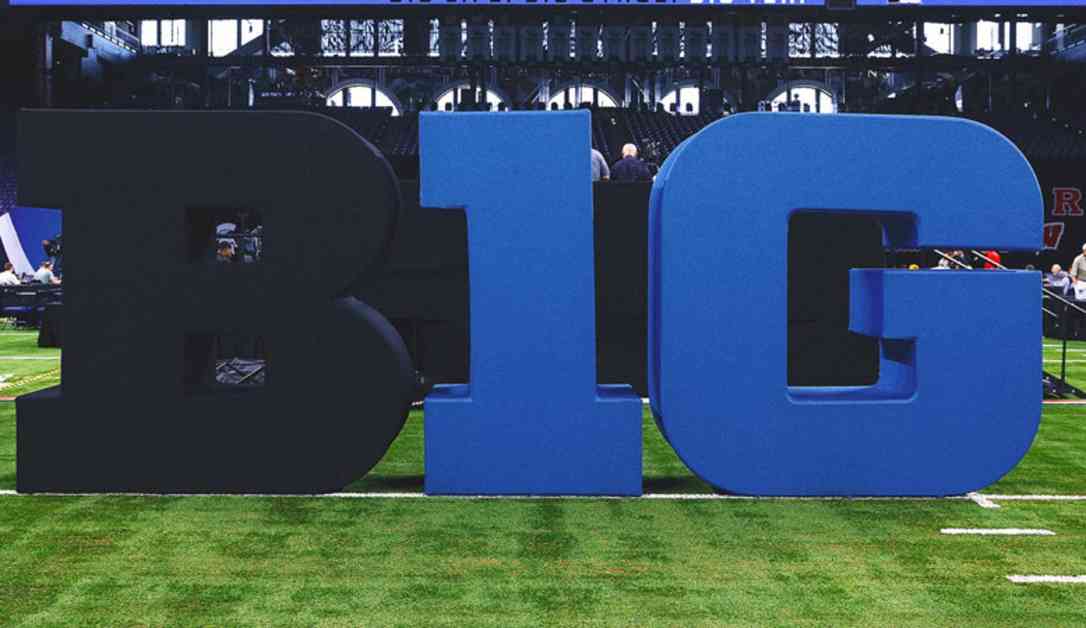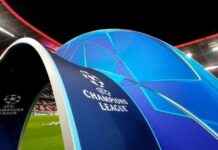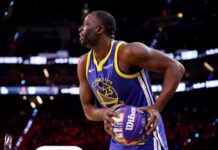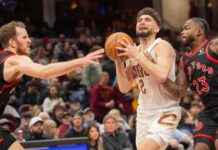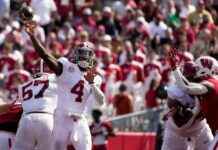Former college athletes are in line for a wide range of payments as part of a $2.78 billion antitrust settlement reached by the NCAA and five power conferences. The settlement also opens the door for schools to directly compensate athletes while monitoring payments from boosters. The details of the comprehensive plan were submitted to federal court in California, following an agreement reached just over two months ago. The deal still needs to be approved by a judge.
The agreement aims to allow college athletes to benefit from the billions of dollars their performances generate for schools, conferences, and the NCAA. The plan includes guidelines on roster caps for individual sports, monitoring financial payments to ensure compliance, regulating third-party payments to athletes, and distributing nearly $3 billion in damages over the next decade.
The payments will vary based on the sport played, the duration of participation, and the conference the athlete competed in. While athletes from all Division I sports are eligible for damages, it is expected that the majority of payments will go to football and basketball players from power conferences due to the revenue generated by these sports.
The settlement addresses three antitrust cases that challenged NCAA compensation rules dating back to 2016. Athletes will now be able to earn money through endorsement and sponsorship deals, although the issue of whether college athletes should be considered employees remains unresolved.
In addition to allowing athletes to benefit from their name, image, and likeness, the NCAA and conferences have agreed to amend their rules to permit a compensation system that will see athletes sharing in athletic revenues, starting in 2025. Athletes are projected to receive billions of dollars annually, with each school determining how to distribute the funds among sports.
Furthermore, scholarship limits will be replaced by roster caps, potentially leading to more athletic scholarship opportunities in Division I. Schools will be allowed to have more players on scholarship in sports like football, baseball, softball, and volleyball. The new rules also allow for partial scholarships in all sports.
The settlement also addresses NIL deals and oversight, with rules allowing schools to provide opportunities for athletes while striking deals with third parties. A new reporting system for deals exceeding $600 will be implemented, and a public database will be created to assess fair market value.
Athletes will also be eligible for significant damages, with power conference football and men’s basketball players expected to receive an average of $91,000 each. Payments will range from $15,000 to $280,000 for broadcast name, image, and likeness. Some athletes could receive additional payments for lost opportunities to earn NIL money while in college.
Plaintiffs’ attorneys will seek preliminary approval for the settlement, after which a public website will be launched for former college athletes to determine their eligibility for payments. However, the final approval of the settlement is still months away, with athletes having the opportunity to object or request exclusion from the agreement.
The NCAA and college sports leaders continue to advocate for federal legislation to provide solutions and ensure the stability of college sports. While challenges remain, the settlement marks a significant step forward in addressing the compensation of college athletes and modernizing the amateurism model in college sports.
